
Collective nonviolent action in Palestine lives, and it helps account for the steadfastness of Palestinian endurance under the occupation.
Though little known, the events of July 2017 in Jerusalem provide an example of successful nonviolence rooted in the core religious and communal identity of Palestinians, particularly in Jerusalem. After two weeks of massive Palestinian vigils and praying in the streets, Israel removed metal detectors and surveillance cameras from the entrances to the iconic Muslim holy site, the Al-Aqsa compound. The impact of this ‘popular resistance’ (as Mazin Qumsiyeh might term, appears to have conditioned the response to the US President’s recognition of Jerusalem as Israel’s capital city. Most of the city’s Muslims, and a number of Christians, had nonviolently affirmed its transcendent identity in the face of Israeli power six months before. The Trump announcement, which arguably back-fired in the lopsided UN vote to condemn the statement a couple of weeks later, could not take away the summer’s victory—and so the decision was more repudiated than mourned.
___________________________________________
“The Palestinian reason to remain was exemplified when Palestinians won back the right to control their own symbolic heart in Jerusalem”
___________________________________________
While some wondered if US approval of Jerusalem’s annexation marked the end of any “two state” solution, there are more basic questions about how Palestinians endure the constant pressure of military checkpoints and humiliation, the danger of violent settlers stealing land and bullying with impunity, the long waits at the separation (apartheid) wall, the lack of freedom and citizenship, or, for Palestinian citizens of Israel, the second class status and discrimination? What of their own political divisions, between Hamas and the PLO/Palestinian Authority, the leadership of which stifles actual leadership by younger figures? And what of the divisions and silences among Muslim and Arab nations that at times offer weak support and at others suppress pro-Palestinian demonstrations? Perhaps especially in light of the difficulties in getting out of Gaza or the West Bank, why would one want to stay in the walled-in ghettoes, cut off from family farmland, perhaps suffering from malnutrition in Gaza? (The free-standing study guide to the PCUSA’s 2016 Report on Israel-Palestine reflects this question).

The Palestinian reason to remain was exemplified during the period from July 14 to July 28, 2017, when Palestinians won back the right to control their own symbolic heart in Jerusalem, the compound or esplanade called the Noble Sanctuary, or the Temple Mount. While tourists focus on the gold Dome of the Rock, which is a shrine, the Al-Aqsa Mosque has a smaller silver-like polished lead dome on a large worship building standing across from it. In July, following the killing of two Israeli guards, the Israelis moved to install metal detectors and cameras at the Mount’s 9 main entrances. (Note: Palestinians say the two Israelis killed were notorious for their harassment of Muslims). This move to take over security of the Mount was a clear infringement on historic Muslim rights to safeguard the sacred space of their faith in their own way. Letting religious groups administer their own sites is a time-honored way of decreasing tensions related to the occupation:
There is a history, of course, of Muslims excluding Jews from the Wailing Wall prior to 1967, and since then the range of incursions by Israelis on Muslim sites, including cemeteries and archeological sites. Ariel Sharon’s arrogant military visit to the compound in 2000 was a deliberate provocation that helped start the Second Intifada. Israelis have opened tunnels under the structure of the Dome of the Rock, etc. Thus the deaths of the guards were seen as the usual security pretext for that mixture of initial military control and then steadily claimed ownership that is characteristic of Israel’s occupation. But how to resist this new form of Israeli coercion, imposed by the usual unilateral decree?
Four Muslim religious leaders made the unprecedented decision to call for a prayer boycott of their own holy space. No Muslim would enter the compound until all nine gates were back under control by the Muslim faithful. Thus began two weeks of praying in the streets of East Jerusalem, most of it resolutely nonviolent, despite constant provocations by Israeli soldiers, who did in fact kill four young Muslims at various points. While Palestinian political bodies outside Jerusalem initially called for “Days of Rage,” and many were tear-gassed and shot with rubber and regular bullets elsewhere in the occupied territories, there was no violence by the praying Muslims around the Noble Sanctuary. In fact, the solidarity on the streets extended to strangers sharing food, offering entry to homes and shops, and many shopkeepers showed great generosity. There was a daily test of wills with the armed Israelis, certainly an economic form of self-punishment in lost tourist revenue, but an increasingly surprising spirit of solidarity that included some Christians as well as Muslims.
___________________________________________
“The spectacle was awesome: a testimony to Christian-Muslim solidarity as Christians bearing the symbol of the cross stood next to their Muslim brothers and prayed.”
___________________________________________
Ali Qieibo describes the situation in This Week in Palestine, in “Al-Aqsa in Danger: The Days When Jerusalem Stood Still.” (pp. 26-27):
“For two weeks last July, Jerusalem stood still. The Israeli authorities shut the gates that lead to the esplanade of The Noble Sanctuary (Al-Haram al-Sharif). While Palestinians were barred entry to the mosque, Israelis rummaged through every nook and cranny of the entire area. The closing of the Al-Aqsa Esplanade, something that rarely happens, meant that the Friday noon prayers, which typically draw tens of thousands of Muslims from Greater Jerusalem and the West Bank to the compound, were cancelled in an open act of nonviolent civil disobedience. Jerusalemites performed the Friday prayers in the streets north of the walls of the Old City instead.”
The pathos of the moment was captured in a plethora of pictures deployed in social media and various press releases. As the Israeli army forbade anyone under the age of 50 from accessing the areas inside the walls of the Old City, the multitudes took to prayers in the streets north of Herod’s and Damascus gates. Salah al-Din Street, Al-Rashid, and Nablus Road thronged with rows of men and women of all ages. The spectacle was awesome: a testimony to Christian-Muslim solidarity as Christians bearing the symbol of the cross stood next to their Muslim brothers and prayed.”
Much could be said about the decision of the Israelis to pull back and open all the gates. Were they wise to end a situation that could have led to another Intifada, or uprising? How religious were the Muslims, especially the young, who kept vigil and prayed outside? There is no denying that the Noble Sanctuary is not only a sacred space but also the symbol of a city that for most of its history has not been Jewish. As Qieibo notes, the unifying power of this third-holiest site for Muslims contrasts with the manner by which Sunnis control Mecca and Medina, and Shiites have lifted up an alternative pilgrimage site in Iraq. For some Israelis, the nonviolent strategy of the Palestinian leadership was encouraging.
What some Presbyterian visitors heard in December was that at one point the Israelis had opened all gates but one, and one of the Muslim leaders considered authorizing re-entry. The young people reportedly held him to his initial words, and everyone held firm until all the gates were opened. An American visitor can only extrapolate from his own experience in mass protests to try to imagine the shared spirit and moments of freedom that were felt by those younger Jerusalem residents, raised all of their lives under occupation.
___________________________________________
The Muslim leaders, including the young people, were clear that they wished more Christian leaders would have joined them to strengthen their nonviolent witness and model mutual respect. We ourselves heard the call: “show us your cross!”
___________________________________________
The Muslim leaders, including the young people, were clear that they wished more Christian leaders would have joined them to strengthen their nonviolent witness and model mutual respect. We ourselves heard the call: “show us your cross!” This reflects a long co-existence and even an expectation that Christians should be there, regardless of theological difference. For US citizens, this nonviolent example undercuts the propaganda that Palestinians are inherently resentful and dangerous (and that massive military aid is justified to keep them under control). The experience also invites us to cultivate public liturgies that link our holy sites and the practices of nonviolent resistance.
For me, as a Christian who has stood outside that Noble Sanctuary, this courageous example of the peaceful reclaiming of that religious, holy space certainly makes it more welcoming as well as inspiring. I think the Israelis were wise to leave those gates in Muslim hands. I am grateful for the appreciation given to Christians who joined in protecting the independence of the sacred site. And against the background of frequent killing of protesters and larger wars in the region, I thank God for that epiphany of peace in Jerusalem.
***
Author Bio: Chris Iosso is Senior Editor of Unbound and a minister in the PCUSA. He has served as a pastor and as an ethicist staffing the Advisory Committee on Social Witness Policy. In Palestine at the time of President Trump’s announcement about the U.S. Embassy, he is always moved by the strength of those who endure occupation and the courage of those of all faiths who work for peace.

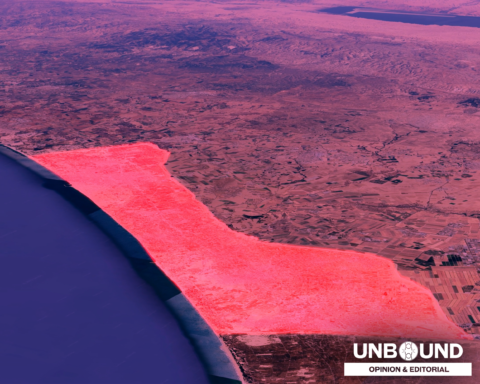
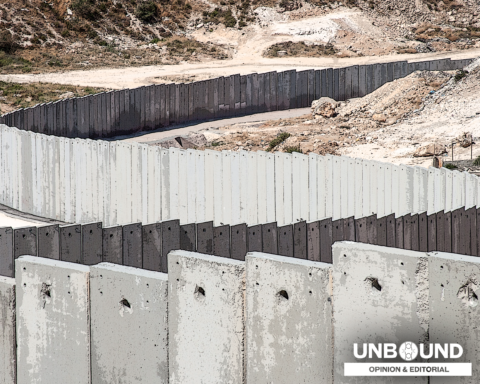
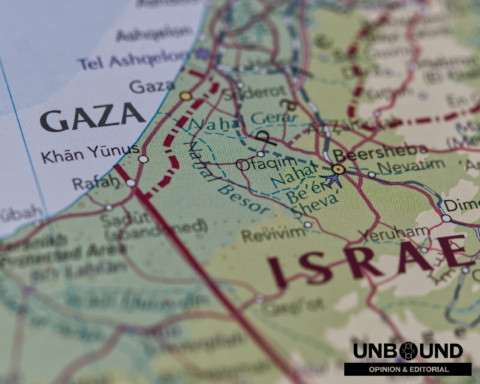
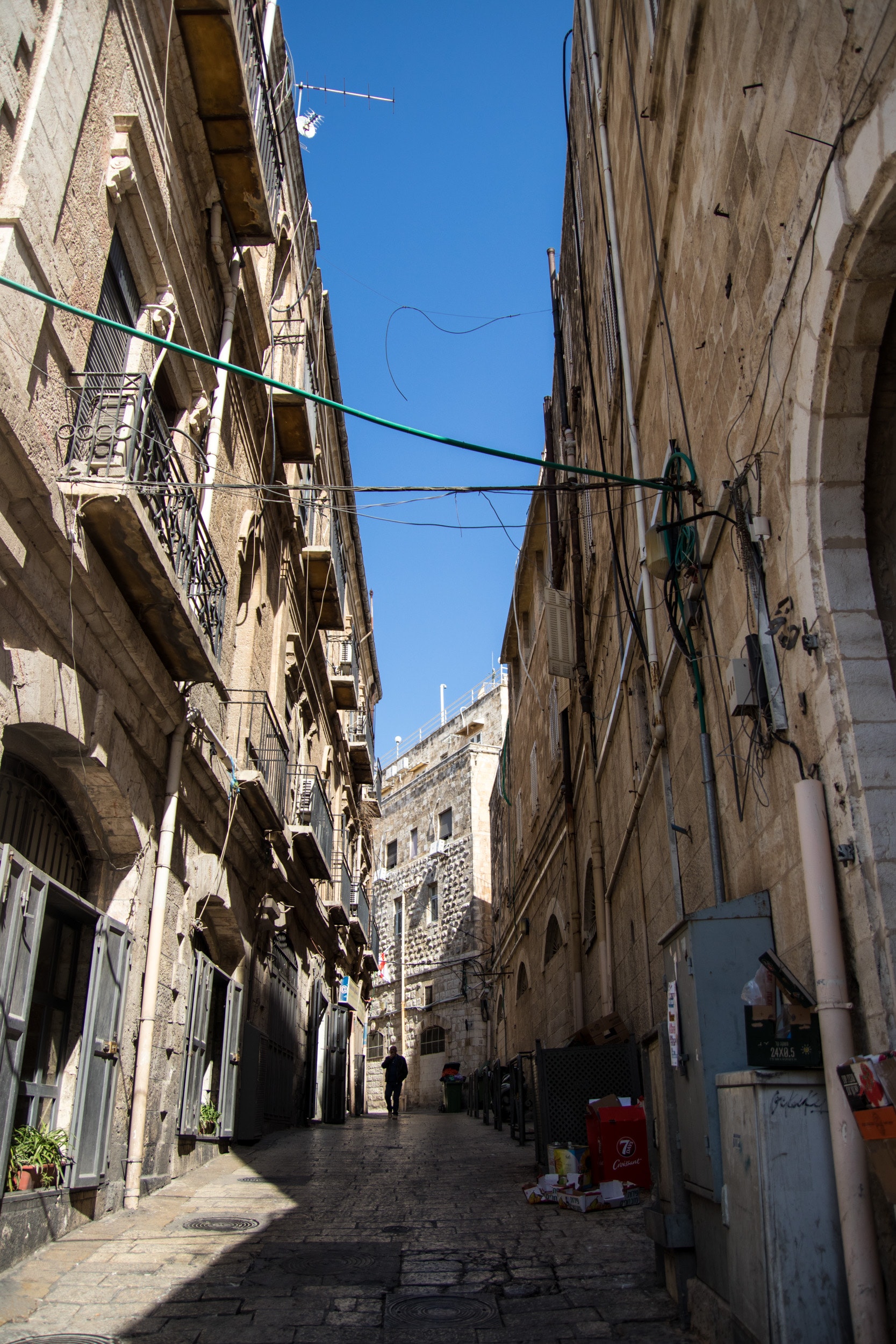
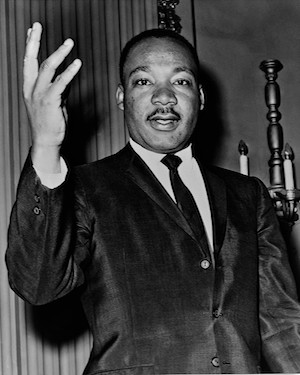
Unbound Social